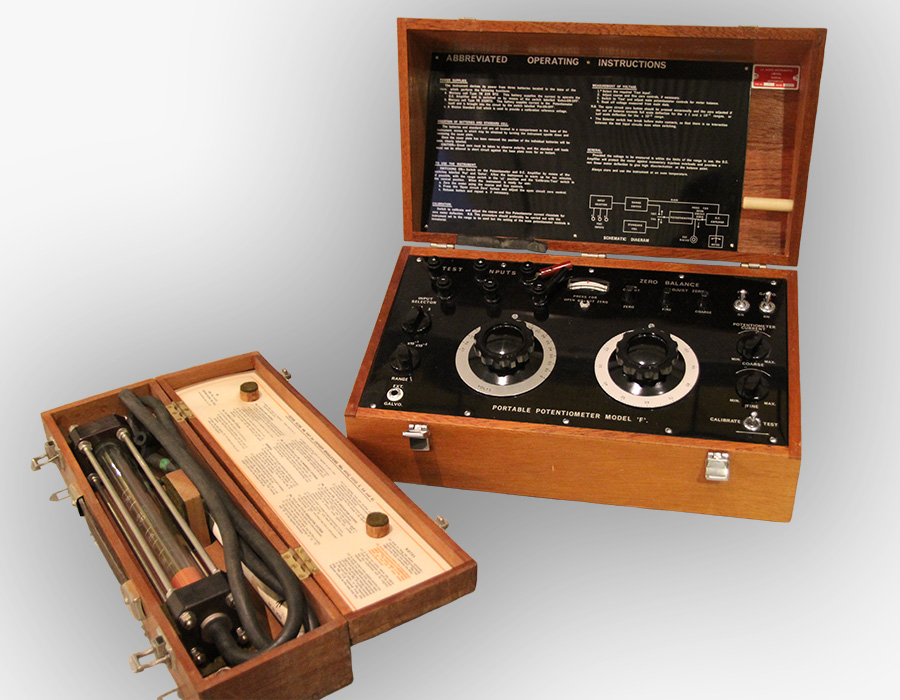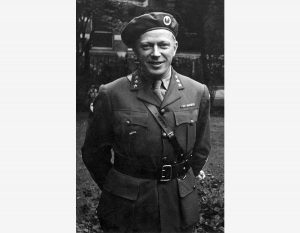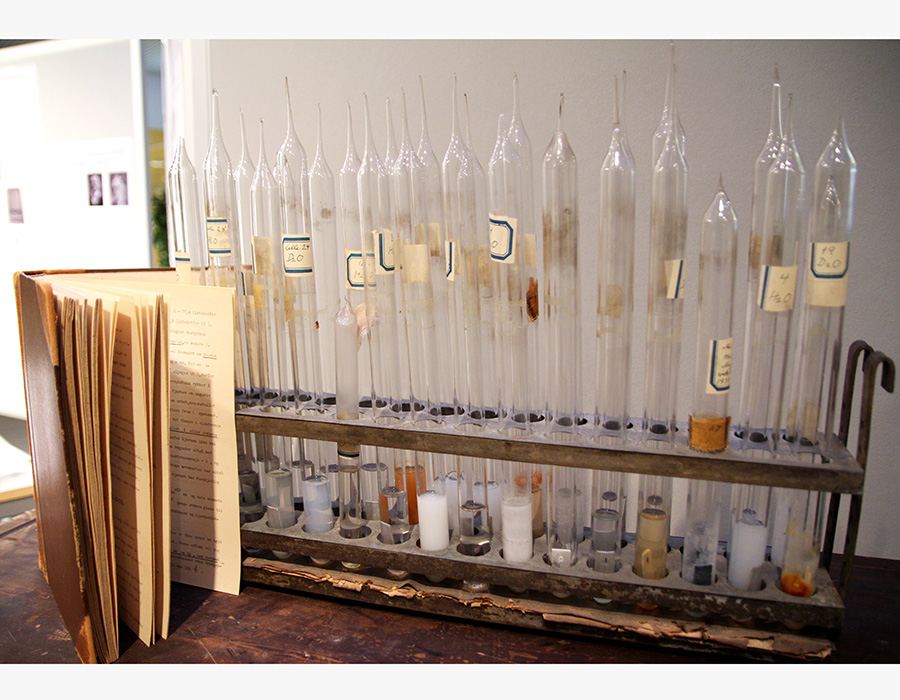
Tronstad and his researcher colleagues published several articles about heavy water – “the heavy hydrogen” – in publications including the leading natural science journal “Nature”. Photos: Per Henning/NTNU.
Tronstad, born in 1903, was educated at NTNU’s precursor, the Norwegian Institute of Technology (NTH) and later became a professor of inorganic chemistry. He had an extensive international network, and some 80 research publications. Heavy water (Gemini article in Norwegian) was one of his fields of interest, and before the war he worked as a consultant for Norsk Hydro when the company was building the heavy water plant at Vemork in Telemark.

Reference: Leif Tronstad. Archives [Tek.60] (NTNU University Library).
The background for the sabotage was the fear that the heavy water would be used in producing atomic weapons in Germany. The mission took place during the night from 27 to 28 February 1943.
In 1944, Tronstad returned to Norway as the leader of a underground resistance group in Telemark, but was killed in a clash with Norwegian Nazi sympathizers during the spring of 1945.
This article is based on an internet exhibition created by the Faculty of Natural Sciences at NTNU.
For more information, see:
- Reference: The book “Professor Tronstads Krig” (Professor Tronstad’s War) by Olav Njølstad (2012).
- Leif Tronstad’s biography in English.
- The Norwegian Broadcasting Corporation (NRK) Web-TV: “Krigens beste historie – Kampen om tungtvannet (The best story of the war – The battle for the heavy water”.

Results from such experiments would have been extremely important in the use of heavy water in connection with nuclear power plants. For example, corrosion in containers of heavy water would be disastrous.
Reference: NTNU’s university history collections. Photos: Per Henning/NTNU.
With thanks to the NTNU University Library, Kjell Røkke and Geir Martin Haarberg – NTNU and NTNU University Museum.

